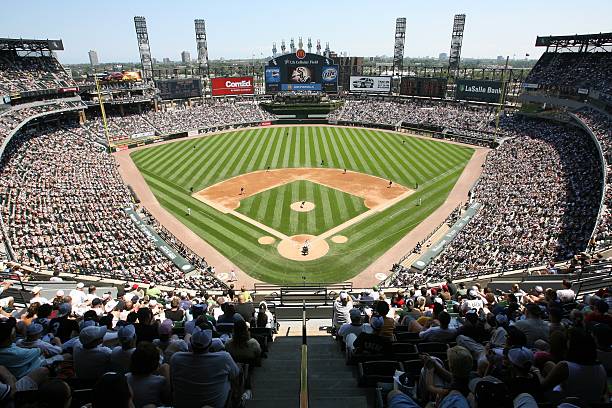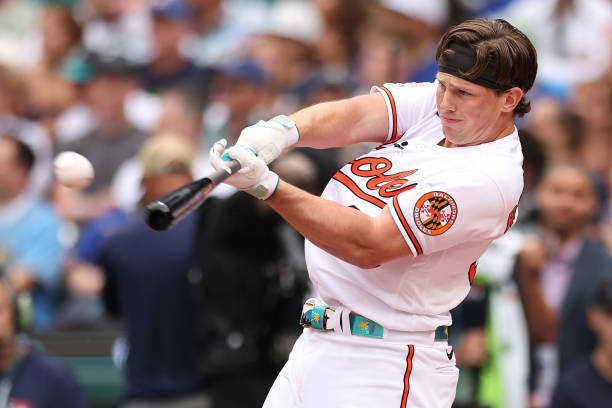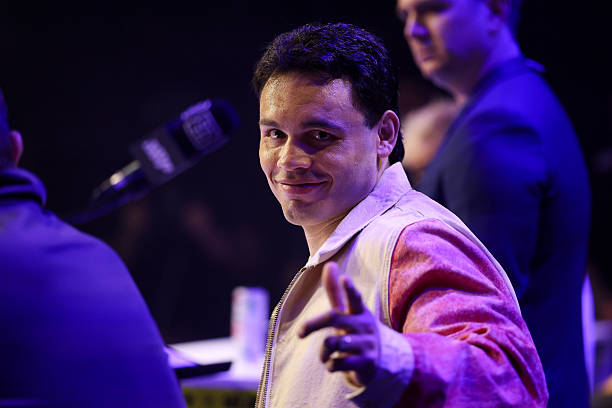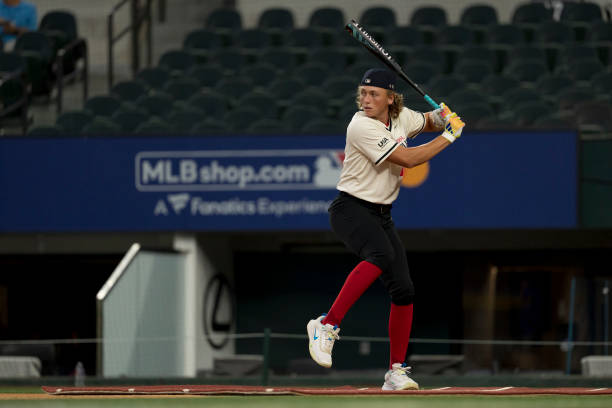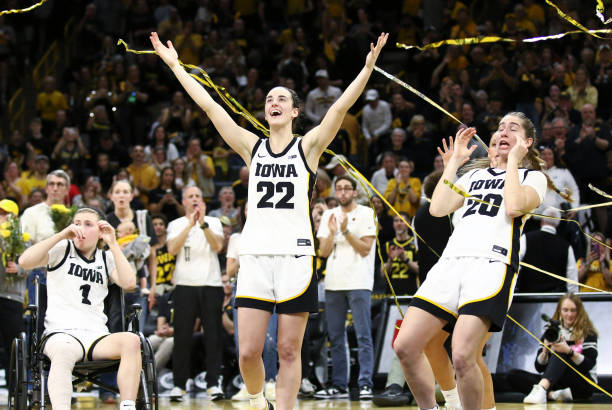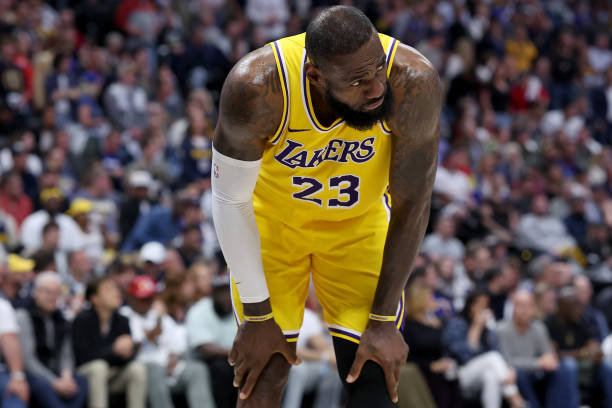
Fifteen years ago, on July 8, LeBron James made a historic announcement during a televised ESPN special called “The Decision.” He revealed his plan to join Dwyane Wade and Chris Bosh in Miami, forming the Miami Heat’s Big Three. This decision not only altered the course of the next few seasons but also reshaped the NBA’s landscape for the following decade and a half. The impact of this single choice was far-reaching, affecting players, teams, executives, and the broader sports culture. On the 15th anniversary of this pivotal moment, we revisit the most significant ripple effects and lasting changes it sparked.
The most enduring effect of “The Decision” is the era of player empowerment. Players now dictate their landing spots in free agency and trades, pressuring teams to provide them with more support or even steering them to specific destinations. This empowerment began with the lead-up to James’ free agency in 2010. Teams like the Knicks cleared cap space for years to attract him, and LeBron’s meetings with six teams (Nets, Knicks, Heat, Clippers, Cavaliers, and Bulls) in his Cleveland office were unprecedented. His televised announcement was the ultimate display of player power. Since then, players have exerted influence over team decisions, from roster and coaching choices to practice schedules and travel arrangements.
“The Decision” week was notable for its real-time updates on social media, particularly Twitter. The era of breaking news scoops in NBA media began with detailed reports on LeBron’s meetings and the teams’ standings. Journalists like Adrian Wojnarowski and Brian Windhorst credit “The Decision” for creating a culture where every transaction-related update is eagerly awaited. This era has transformed NBA media, with a constant race to deliver insider information faster than anyone else.
While the concept of a “Big Three” existed before LeBron’s move to Miami (thanks to the Celtics’ trio of Kevin Garnett, Ray Allen, and Paul Pierce), the Heat’s Big Three set off an arms race across the league. Teams began assembling multiple stars to compete, a trend that continues today, though the new collective bargaining agreement has shifted the focus to Big Twos due to salary cap constraints.
LeBron’s move to Miami had a profound impact on the careers of Dwyane Wade and Chris Bosh. Wade was already a Hall of Famer, but Bosh’s career took off with the Heat, contributing significantly to their championships. Pat Riley’s vision of a dominant team was realized, and Erik Spoelstra emerged as one of the league’s top coaches, devising a system that maximized the talents of the star trio. Both Riley and Spoelstra further cemented their legacies with the Heat’s success.
LeBron, Wade, and Bosh formed a close bond while playing together on Team USA during the 2008 Olympics. This camaraderie influenced their decision to team up in Miami. Since then, Team USA has become a breeding ground for future star duos and trios, with players like James Harden, Chris Paul, Kevin Durant, and Stephen Curry later forming successful partnerships based on their international team experiences.
The Heat’s success inspired a shift in NBA strategy towards pace-and-space offenses and aggressive defense. Coach Erik Spoelstra’s visit to learn from Oregon football coach Chip Kelly led to a philosophy of spreading the floor and increasing the pace of play. This approach has become a staple in the modern NBA, with teams like the Golden State Warriors and Houston Rockets further popularizing it. The Heat’s use of small-ball lineups with Chris Bosh at center also influenced defensive tactics like switching and trapping.
The teams that missed out on LeBron in 2010—Knicks, Bulls, Nets, and Clippers—each took different paths. The Knicks signed Amar’e Stoudemire and traded for Carmelo Anthony but failed to contend. The Bulls had a brief window of contention with Derrick Rose but were derailed by injuries. The Nets had a series of unsuccessful moves before trading for Joe Johnson and later making a disastrous trade for Paul Pierce and Kevin Garnett. The Clippers, despite missing out on LeBron, formed “Lob City” with Chris Paul and Blake Griffin, though they never reached the conference finals.
LeBron’s move to Miami marked the beginning of a dominant run for Eastern Conference teams. The Heat won the East in all four seasons with the Big Three, and LeBron’s subsequent return to Cleveland saw the Cavaliers win the East for four consecutive years. This dominance left other Eastern Conference teams like the Celtics, Knicks, Bulls, Pacers, and Hawks without a chance to truly contend for the championship.
Kevin Durant’s frustration with coming in second place in MVP voting and the Finals motivated him to join the Golden State Warriors in 2016. LeBron’s success with the Heat and Cleveland overshadowed Durant’s achievements, leading him to seek championships in the Bay Area. While Durant won two titles with the Warriors, his journey since has been marked by a search for recognition and validation.
The Cavaliers’ poor performance during LeBron’s first season in Miami led to a series of fortunate lottery picks. They drafted Kyrie Irving and later acquired Kevin Love, forming their own Big Three upon LeBron’s return in 2014. This combination led to the team’s first and only championship in 2016.
The Celtics’ run of success ended with LeBron’s Heat. After losing to Miami in the playoffs, the Celtics traded away key players like Kevin Garnett and Paul Pierce, paving the way for a rebuild. This move laid the foundation for future success, with picks turning into players like Jaylen Brown and Jayson Tatum.
The Dallas Mavericks shocked the heavily favored Heat in the 2011 Finals. Coach Rick Carlisle’s defensive strategy flummoxed LeBron, leading to Dirk Nowitzki’s long-awaited championship. This victory cemented Nowitzki’s legacy and showcased the importance of role players like Jason Kidd and Jason Terry.
The San Antonio Spurs, led by Gregg Popovich, faced the Heat in two consecutive Finals. Their 2013 loss was heart-wrenching, but they avenged it with a dominant performance in 2014. The Spurs’ evolution from a post-up dominant team to a fast-paced, ball-moving squad influenced the league’s style of play.
Since “The Decision,” owners have sought to curb player power in collective bargaining agreements. Efforts to eliminate extend-and-trades and introduce super-max contracts have had mixed results, but players continue to exert significant influence over their careers and team decisions.
LeBron’s time in Miami added significant accomplishments to his resume, fueling debates about his status as the greatest player of all time. His championships, MVP awards, and overall dominance have made him a central figure in discussions comparing him to legends like Michael Jordan.

